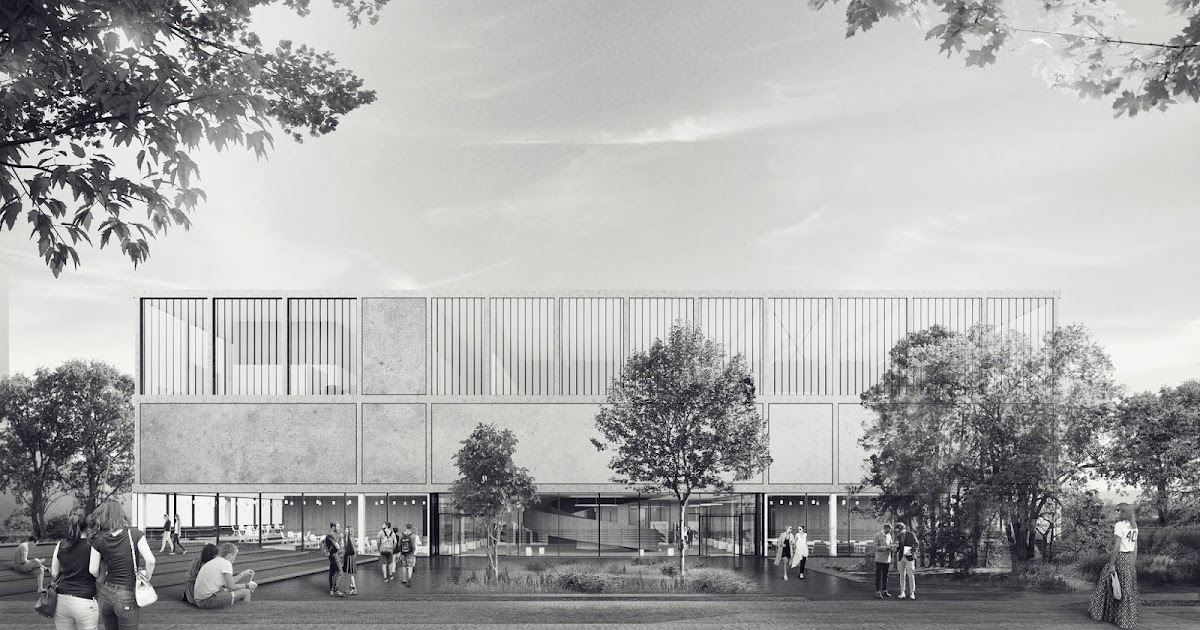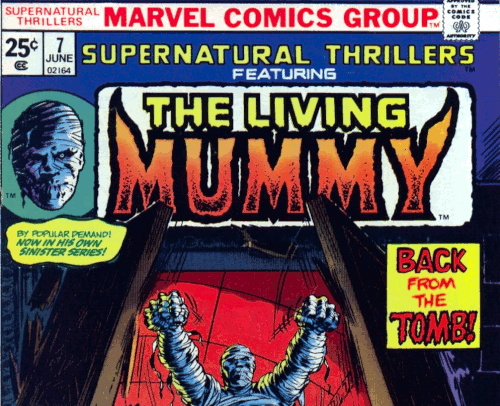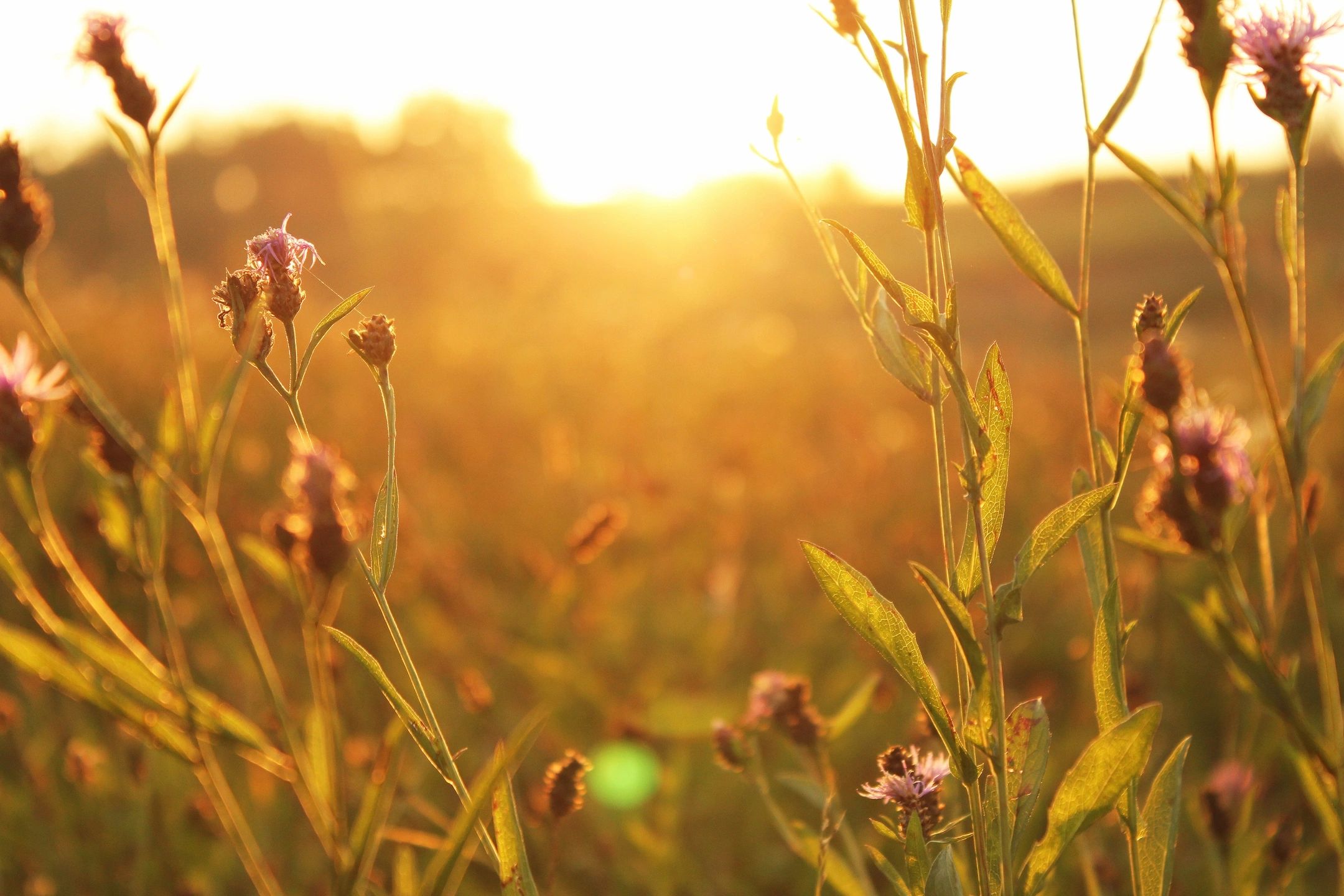
Adrianna Drohomirecka
The Center of Literature and Language ‘Planet Lem’
is located on the historic 13th-century salt road from Wieliczka Salt Mine
and the important site of the Salt Depot, which have always formed a communication and language exchange route.
The sensible and compact extension of the
existing building and the creation of green open public spaces around it aspire
to regenerate the whole site and turn it into an important cultural laboratory
for the city of Krakow. The new building is positioned on the back side of the
Salt Depot followed by
a new green square
that is surrounded
by trees and
stairs. This public space is themed as the “Garden of Languages“,
a place where
numerous open-air events, exhibitions and workshops will be organized. A linear pavilion
facilitating such activities is also positioned
on the eastern side of the garden.
The public space
in front of the Salt Depot was arranged as a representative square with
elements of greenery and sculptures referring to the works of Stanisław Lem.
The main access by
car and busses to the site will be provided from
an internal road on the west side, which provides drop-off, parking
spaces and a ramp to the underground garage. The access from the train station on the eastern side of the plot is
designed as a boulevard filled with information about Polish language and
tradition. The volume
of the new building
is compact and modest, yet elegant and symmetric to perfectly match the restored
elevation of the Salt Depot. Both buildings are connected by a linear circulation zone merging their ground floors,
so that after passing through the historical object visitors are
led into the open and glazed hall of the new addition that houses the foyer and
visitors’ services. The transparent façade of the new addition opens
up to the “Garden of Languages“ and the open-air
pavilion for workshops on
the eastern side of the plot,
creating a public continuum and a continuous flow between the activities
offered to visitors.
connected through a linear circulation “backbone” placed between the
two buildings that creates a continuous
flow between the old building and the
new one, while containing staircases and elevators that enable communication of both parts of the project. The “backbone” functions also as an
urban billboard for the whole project, while it provides panoramic views to the city towards the
west. The new addition resembles a partly glazed cube that creates an
abstract background to the Salt Depot. The ground floor of the new zone is 1 m lower than the level of the
ground floor of the historical object, to create a more comfortable and monumental
foyer. In the newly designed object, the ground
floor has been designed as an open and transparent space that contrasts to the old building and visually connects the foyer with the
outdoors spaces. An
important element of the foyer is the circular stair that
leads the visitors directly to the dedicated exhibition room where they meeting with Lem.
The design proposal suggests
an organic connection between the historical building’s two floors with the
newly designed part of three over-ground and two underground levels. The
preservation of the historical Salt Depot building and the display of its
assets has been an important aspect of the design strategy by placing the
administration offices on the ground floor of the building, alongside the cloakroom
and main sanitary services for visitors. The main exhibition dedicated to the
work of Stanisław Lem occupies the first floor of the historic building, whose
floor plan was cleared of the excess columns and its roof structure was revealed.
The exhibition is continued in the new part of the building, while both parts
are connected by the existing stairs of the Salt Depot and the new circular
stair added in the foyer of the new building. Two zones of storage spaces on
the southern and northern sides of the exhibition create isolation and frame
the symmetric floor plan.
On the ground floor of the new building we can distinguish three important zones: the temporary exhibition, the multimedia space and administration offices, while there are also workshop rooms and multimedia studios on the first floor. On the 2nd floor, an auditorium hall for 400 people was designed to give the possibility of division into two smaller rooms. On this floor there is also the backstage, a library zone, storage rooms and toilets. On floors -1 and -2 located under the new part of the building, an underground parking for 109 cars with technical rooms was designed. All rooms have been designed taking into account the needs of disabled people and the requirements set by the organizers of the competition.
visible in the literature and life of Stanisław Lem. An important aspect of the exhibition is the creation
of contrasts that show the world of Klaupacjusz
and Trurl,
the two main characters of Lem’s books and also the guides to the exhibition. The prologue and end parts
have been specially placed in the new building to introduce an element of
surprise for visitors. The first and second exhibition zones are located in the historic building, while the third and fourth
parts are positioned together in the new building and in sequence to the final part of the exhibition: the meeting with Lem. The exhibition was designed in the form of a
laboratory of experiences, a machine that opens with the discovery of
successive layers of Lem’s work. Each designed zone has many contrasting worlds
referring to the author’s life and his books, which we can see in the designed
floor, furniture, and artistic installations. This exhibition is a space that
can be easily modified and has a lot of flexibility.
Visitors can begin the experience of discovering the
exhibition from the historical stairs of the Salt Depot or from the lifts located in
the main hall of the new building. The Prologue presents basic information about the
exhibition in the form of a room as a living machine with numerous buttons,
traps, puzzles
etc. Next, visitors can go to the “Astrogation” zone located in the northern wing
of the historic building – a space divided into six parts of various characters. In this part the visitor is in the space of a rocket, tunnel, magnetic field, inside
the counting machine. In the southern part of the building, the “Labyrinth
of chances” zone is located. The space is designed as
a labyrinth featuring numerous holograms, robots and simulations.
new building. It is a place with many interactive points: biological riddles, constructing fauna robots,
playing with Lego blocks and a spacecraft designed as a tunnel with a rescue
mission. The fourth space “Land of cruel wonders” was designed partly
in the form of the planet Solaris (tunnel), which materializes the thoughts of
guests. This zone also allows for interaction with robots. The final part of the exhibition, meeting
with Lem, is in the central part of the new object, based on a circular
plan that symbolizes inclusiveness and the monumentality of time and space. It is a library of knowledge about the author
and his books, designed as a cosmic space in which the visitor comes in contact with
Lem himself. From this room we have
a connection to the ground floor by the circular staircase, which is placed around the room of Lem. It is a very important element for the entire exhibition, therefore it was highlighted so that it
would be visible in the façade and organization of the
entire building.
























